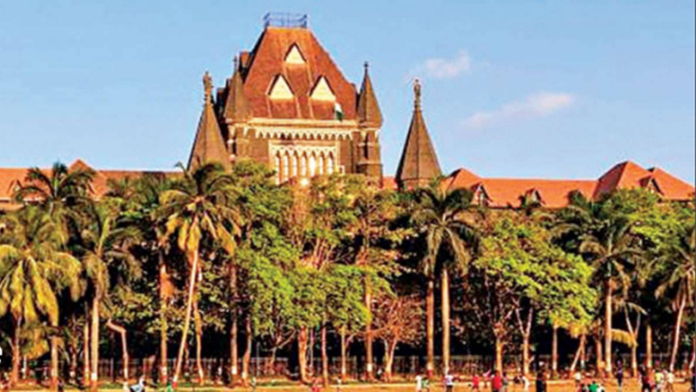The Bombay High Court at Goa disposed of a Public Interest Litigation (PIL) filed alleging that trees have been cut without any permissions under the Goa Preservation of Trees Act, 1984.
The Advocate General clarified before the High Court that no trees have been cut without any permissions under the Goa Preservation of Trees Act, 1984, and there is no intention to cut any trees without following the due process of law and obtaining necessary permissions.
Further, the Advocate General submitted that in the context of the Smart City project at Panaji, applications were received from the user agency for the felling of the six trees.
Upon receipt of the applications, the Authorities inspected each of the six trees.The first four trees were found within the Right of Way (RoW). However, the inspection also revealed that they were not leaning or posing any danger. Therefore, the user agency was advised to take adequate measures to save the trees. Even the user agency agreed with this suggestion, and accordingly, no permission was granted to fell the first four trees referred to above.
Regarding the fifth tree (Banyan tree), the inspection revealed that it was affected by the drain system, and one major trunk was leaning towards an adjoining building. The inspection also revealed that there was no space available for the tree to grow further, as it was found congested within the RoW. The Authorities concluded that the tree was vulnerable for all these reasons and could even be uprooted at any time. Still, considering the religious and heritage value of the tree, the user agency was apprised that translocation of this tree would be appropriate in the circumstances.
The Joint Inspection Report placed before the Court records that the user agency informed the Authorities that they have machinery and labour available for translocation, and translocation was possible at Campal ground, which is also government land, was chosen for translocation. Accordingly, permissions were granted to translocate the Fifth Tree (Banyan tree) to Campal ground.
The Advocate General stated that this tree has already been translocated at the Campal ground pursuant to this permission.
Mr Shirodkar made some submissions that this was not a proper translocation. However, as filed, the Petition is bereft of proper averments or suggestions for successful translocation.
Regarding the sixth tree (Rain tree), the inspection report revealed that it was found leaning towards the PWD quarters and standing in a ruinous state, posing a danger to vehicular traffic, the public and pedestrians. Accordingly, the joint inspection report opined that this sixth tree needs to be cut and removed urgently. The Tree Authority, accordingly, granted permission for the felling of this raintree. The learned Advocate General states that the rain tree has already been removed pursuant to this permission.
This Petition has alleged that the trees were being felled without permission from the prescribed authorities. This premise was not substantiated in the Petition. Merely stating that these two trees were not marked is not sufficient. In any case, the Joint Inspection Report and the permissions granted for the felling of only one tree out of six applied for by the user agency clarify the position to some extent. One of these trees was permitted to be translocated.
If the Petitioner has any grievances about the translocation order, perhaps it would still be open to the Petitioner to appeal the same before the Appellate Authority. In any case, it is open to the Petitioner to offer expert advice or suggestions so that the translocation is a success. If such suggestions are offered, the Division Bench of Justice MS Sonak and Justice Valmiki Menezes find no reason why the Authorities, who should also be interested in successful translocation, should not consider them so that the translocation project is a success. The apprehension about the felling of trees without permission stands allayed with the AG’s statement made at the very outset.


